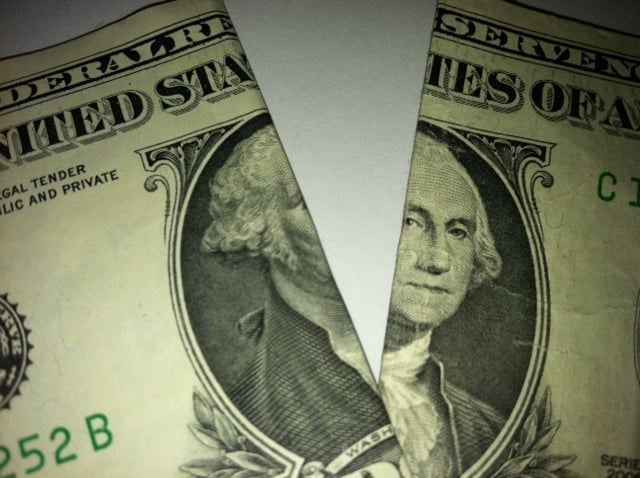Something may not be adding up properly with the U.S. Labor Department numbers. Perhaps it is just a lagging effect of CPI versus PPI, as we frequently have discussed, or the boys and girls counting the numbers for the government are not counting properly. The July reading of consumer inflation was released on Thursday. and the Consumer Price Index came in at +0.2% on the headline CPI and +0.2% on the core CPI, after backing out food and energy. Both numbers matched the Bloomberg consensus estimates. Source: Jon Ogg
Source: Jon Ogg
The good news is that a 0.2% gain on either is not going to spook the Fed nor spook any serious inflation watchers. The bad news is that the numbers just do not jive with the Producer Price Index that was released on Wednesday. Producer prices came in flat at 0.0% on the headline PPI, and the core rate came in with a gain of only 0.1%, both of which were lower than the consensus estimates.
Perhaps July’s uptick in consumer inflation was because producer price inflation generally is not passed down immediately to the consumer level. In prior months, we had seen rising energy prices, so perhaps this uptick in inflation merely reflects the lag of higher prices.
Thursday’s gain in inflation probably will look like a blip, and even if it carries over one more month, it seems as though consumer inflation is set to remain subdued. Before you think that CPI is totally tame, the year-over-year numbers are one of the reasons we are concerned. The year-over-year inflation numbers were up 2.0% on headline CPI and up 1.7% on the core-CPI. Those numbers will not crush the Federal Reserve’s desires around quantitative easing, but it is effectively within a half-point of challenging the Fed’s upper limits.
Because of a series of trust issues with first look economic readings, particularly from the Labor Department, we normally would be inclined to say that the inflationary readings just are not adding up. This just does not appear to be one of those instances. The Labor Department’s differential between the Consumer Price Index and the Producer Price Index appears to be the catch-up effect of consumer inflation after producer inflation. It was in June that the gas prices and energy prices jumped so much, so that was just catching up in the July consumer level.
As a reminder, the Fed’s new quantitative easing trigger around inflation was with the 6.5% unemployment target AND with the inflation rate not spending more than six months or so a half-point above the 2% inflation target. One month does not change this at all, but it means you better keep an eye on energy prices and prices for other core metals and other input items.
Sponsored: Attention Savvy Investors: Speak to 3 Financial Experts – FREE
Ever wanted an extra set of eyes on an investment you’re considering? Now you can speak with up to 3 financial experts in your area for FREE. By simply
clicking here you can begin to match with financial professionals who can help guide you through the financial decisions you’re making. And the best part? The first conversation with them is free.
Click here to match with up to 3 financial pros who would be excited to help you make financial decisions.
Thank you for reading! Have some feedback for us?
Contact the 24/7 Wall St. editorial team.



